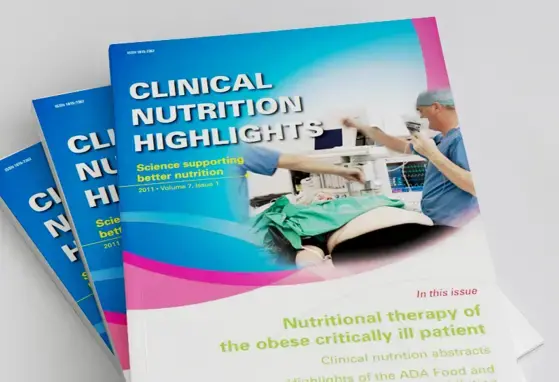Malnutrition
According to the World Health Organisation (WHO), malnutrition refers to deficiencies, excesses, or imbalances in a person’s intake of energy and/or nutrients. Malnutrition manifests in various ways including stunting, wasting, being underweight, and overweight/obesity. Furthermore, malnutrition is associated with functional conditions such as dysphagia, poor mental health, and chronic diseases.1
To acknowledge the potentially harmful health impacts of excessive nutrient ingestion, WHO recently added overnutrition to its definition of malnutrition. This includes the consequences of being overweight and obese, which have a number of noncommunicable diseases (NCDs) in common. It also covers the toxicity that may be brought on by consuming too much of a particular vitamin.5 This form of malnutrition can manifest as macronutrient overnutrition which is when the body has an excess of protein, carbohydrate and/or fat calories to use and stores them away as fat cells in the affected person’s adipose tissue. But when the body runs out of tissue for storage, the fat cells themselves need to grow. Enlarged fat cells are associated with chronic inflammation and with a host of metabolic disorders that follow. These can lead to NCDs such as diabetes mellitus, coronary artery disease and stroke.5 The other form of micronutrient overnutrition, occurs when too much of a nutrient is taken and an “overdose” occurs. More research is needed to explain how this happens. In general, micronutrient overnutrition is uncommon and doesn’t occur from diet alone.5
The link between malnutrition and chronic diseases has been studied extensively, and have included a study on malnutrition and cardiac disease. Some literature states that cardiac failure may cause malnutrition and that infection/inflammation may predispose to atherosclerosis as well as to catabolism and hypoalbuminemia.4 This is contrary to diseases resulting in malnutrition. Furthermore, while malnutrition in this instance can rarely cause mortality, this can occur in patients with elderly dialysis, but may contribute to a poor prognosis by aggravating pre-existing heart failure and increasing the susceptibility to infection.4
Within the context of developing countries such as those in the ESAR region, malnutrition can be defined in two ways. The first refers to protein-energy malnutrition, which is an energy deficit due to a deficiency of all macronutrients. It commonly includes deficiencies of many micronutrients. Protein-energy malnutrition, now known as protein-energy undernutrition can be sudden and total (starvation) or gradual.2
Conditions associated with this sort of nutrition are prevalent in the elderly and in young children. The condition presents as Kwashiorkor and Marasmus in children.2 Another type of malnutrition is micronutrient deficiencies, they are defined by the WHO as deficiencies that can cause visible and dangerous health conditions. These conditions can also lead to less clinically notable reductions in energy levels, mental clarity and overall capacity. This, in turn, can lead to reduced educational outcomes, reduced work productivity and increased risk from other diseases and health conditions.3
Addressing malnutrition in all its forms requires an integrated agenda focusing on the root causes of the disease. This includes considering the socio-economic challenges faced by many living in the ESAR region. The NNIA advocates the importance of nutrition from the womb to old age to prevent or manage malnutrition.
Visit our nutrition and disease Management page and our nutrition, health and wellness page for more information. You can also use our nutritional tools or apps to help you in your clinical practice.


The link between nutrition in early life and brain development

Handling Nutrition Risk & Malnutrition in Vulnerable African Populations

Human Milk Oligosaccharides (HMOs) and Paediatric Immunology



The importance of eating healthy during the COVID-19 pandemic




